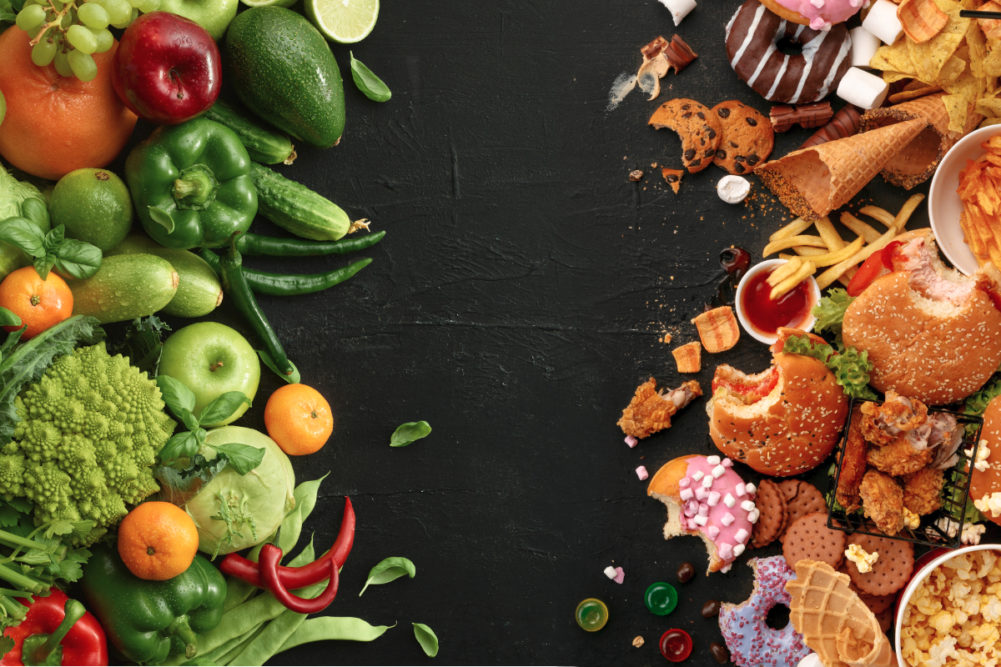NEW YORK — While nearly half of consumers believe health and wellness have become more important over the past year, healthier products occupy less than a quarter of consumers’ wallets, according to a new survey from AlixPartners.
The survey found 49% of consumers across six global markets and 46% of consumers in the United States believe a healthy lifestyle has become more important. Despite this shift, healthy options occupy just 21% of consumers’ wallets across all product categories.
The primary barriers preventing consumers from purchasing healthier products are price, a lack of clear product information and availability in stores, according to the survey. Issues around taste and products not working well also are contributing to the growing health and wellness gap.
“Healthier products tend to have a price premium, but that has gone down in terms of being a barrier,” said Randy Burt, managing director in the consumer products practice at AlixPartners. “What’s emerged as a more effective barrier for food is taste and variety.”
The survey found prepared chilled and frozen meals are attracting more demand for healthier options than any other food or non-food product category. Half of consumers said there is a lack of fresh and frozen ready meal options in stores and that they would like to see a greater range made available.
“Consumers are expressing a desire to buy more products in those categories, but the variety just isn’t there yet,” Mr. Burt said. “We have seen a ton of innovation in frozen over the last five years, so there’s a lot of foundation built there.”
Forty-seven percent of consumers said they want to see healthier salty snack options, and 44% said the same for bread and baked foods. Consumers also said they want to see healthier confectionery products (41%), breakfast cereals (39%) dairy products and dairy-free alternatives (38%), and fresh meat and meat alternatives (37%).
“With salty snacks, both traditional products like chips and nuts and alternative snacks that are not based on potatoes or grains stand out,” Mr. Burt said. “That can be chickpeas, cauliflower or a number of different base ingredients that tend to have a better health profile. With things like cauliflower chips and veggie snacks, for example, those products are out there and are having some success, but there’s not enough variety in the taste profile and mouthfeel. Those sorts of products haven’t come far enough to have the share that’s available to them.”
Consumers also are becoming more aware of what it takes to be healthy, according to the survey. Seven in 10 consumers said they have a strong understanding of nutrition.
“Understanding around what is good and what is not good is much higher, so educating becomes less important while taste and variety become more important,” Mr. Burt said. “What is your innovation process and how are you tapping into the startup and challenger ecosystem? How are you shifting your R&D and product development focus toward these areas versus line extensions on conventional products? Those are some of the key questions for thinking through how you’re going to capture that unmet demand gap.”
Consumers also are attaching health and wellness to broader environmental and social factors, he added.
“It’s about authenticity and being able to communicate that you not only have the nutrition, value and taste, but also that the animals, people and environment that are part of the supply chain are all treated fairly and ethically along the way.”

